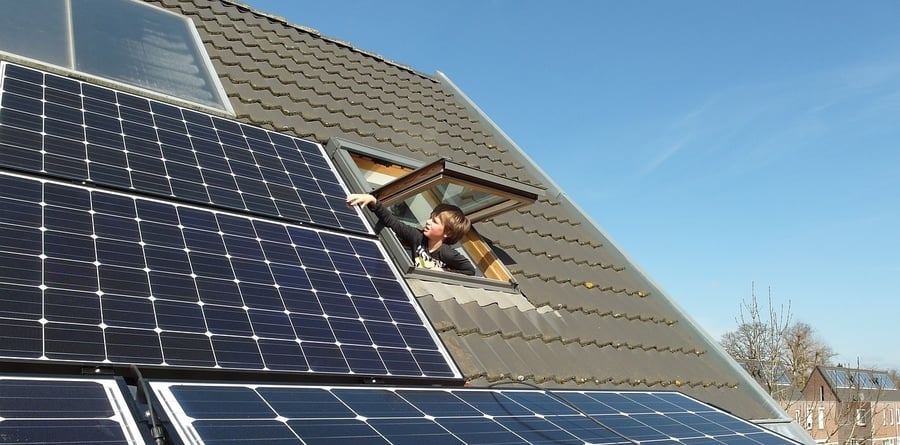This post is one in a series of feature stories on trends shaping advanced energy markets in the U.S. and around the world, drawn from Advanced Energy Now 2015 Market Report, which was prepared for AEE by Navigant Research.

The rise of distributed generation (DG) is one of the most important trends in the energy industry today. Traditional utility business models, which rely mainly on volumetric electricity sales to provide the revenue needed to cover the costs of the grid, are challenged by the dramatic growth in the deployment of technologies that generate electricity “behind the meter,” which reduce the need to purchase power from central utility-scale generation facilities. Leading distributed generation technologies, including solar photovoltaics (PV), small and medium wind, fuel cells, and natural gas generator sets, combined in 2014 for $6.3 billion in revenue from installations in the United States, and $35 billion globally.
To date, DG has been more disruptive in Western Europe than in any other region. Utilities have lost hundreds of billions of dollars in market capitalization as DG reaches higher levels of penetration in leading countries such as Germany, the United Kingdom, and Italy. The prospect of similar disruption in the United States has prompted utilities, the DG industry, and regulators to seek out a balance that allows for DG growth without undermining the role of utilities in maintaining and investing in the grid. In fact, a modernized grid that can accommodate high levels of DG requires new investments by utilities – investments that can only be made if the utility regulatory framework and business model are also modernized. Such a balance would provide the necessary structure in which DG customers could take advantage of new revenue opportunities enabled by DG while fairly compensating utilities for continuing to provide reliable, affordable electric service for all. The “Reforming the Energy Vision” proceeding underway at New York’s Public Service Commission is perhaps the most prominent example of state regulators seeking to create a new regulatory framework for supporting distributed energy resources and upgrading the power grid in tandem. Similar, if somewhat less comprehensive, reform efforts are underway in Massachusetts, Hawaii, and California, where utilities recently filed their first Distributed Resources Plans, which are designed to incorporate distributed energy resources into utility system planning and operations.
Technology improvements and private sector business model innovation are driving dramatic cost reductions in solar PV, fuel cells, and enabling technologies such as inverters, racking, and other balance of system components. This has helped some DG technologies approach long-sought “grid parity” with retail electricity rates in several states. Competitive business models, including the solar lease, solar loans, and community solar, each of which is available In nearly half of U.S. states, enable residential and commercial customers to get solar PV on their rooftop (or from a larger array installed elsewhere) with little or no money down, and typically result in saving of 10-20% on their electric bills. SolarCity, SunRun, Vivint Solar, and Sungevity are among the companies that have rapidly expanded this “solar as a service” model around the country. The same model is also being applied by small and medium wind turbine providers such as United Wind.
Meanwhile, two Arizona utilities, Tucson Electric Power and Arizona Public Service, have taken the DG bull by the horns, proposing their own programs whereby they would own and operate rooftop solar installations and give a rebate to their host customers. These programs could save the average customer $30 per month for 20 to 25 years. These programs are not without controversy, however, as competing solar installers argue that in offering what is already a competitive service, the utilities are using their monopoly status to exercise an unfair competitive advantage in the marketplace.
Regardless of how the issue of DG ownership shakes out across the country, one thing is clear: after many years of waiting, the age of distributed generation, and, more broadly, the age of distributed energy resources (which includes energy efficiency, demand response, energy storage and electric vehicles), is upon us.
